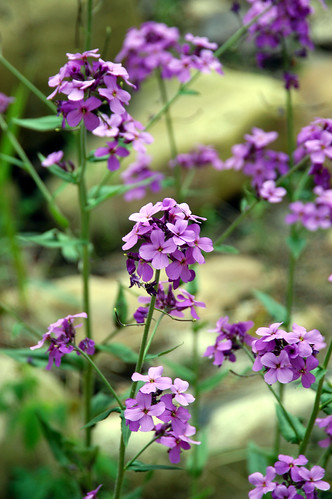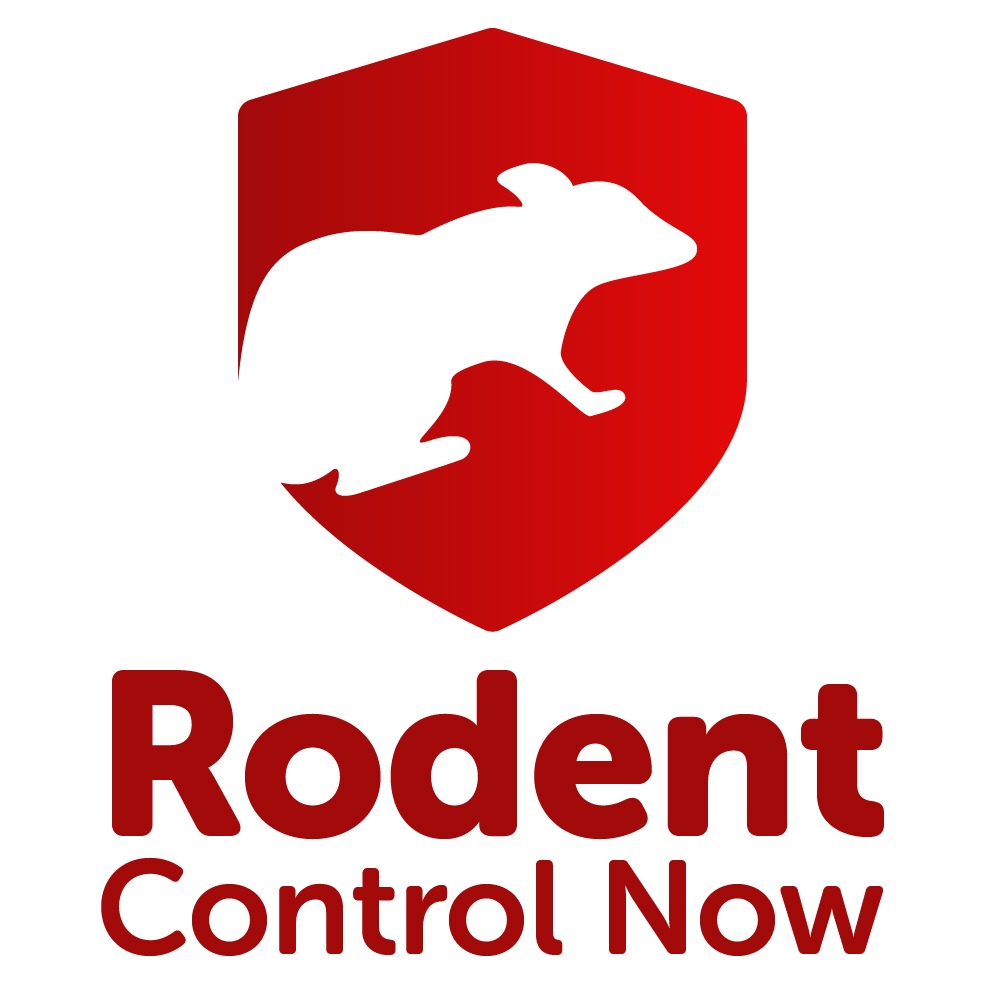Dealing with a squirrel infestation in your property can be a stressful experience. These animals can cause substantial damage to your home and garden while posing potential health risks. After the process of squirrel removal, there is a crucial step that homeowners often overlook: the follow-up process. Conducting a proper follow-up not only ensures these animals are permanently gone but also that you’ve taken measures to prevent recurrence. In this article, we delve into how to effectively follow up after squirrel removal.
Firstly, it is vital to look for signs of recurrent squirrel activity. Squirrels are crafty creatures and may return to the site if all entry points were not sealed off thoroughly. Key signs to look out for are scratching noises, particularly in your attic or walls. Squirrels are most active at dawn and dusk, so these are the prime times to listen for activity. Spotting a squirrel around your property, or finding new droppings or gnawing evidence are also clear indicators that squirrels have found their way back. Beyond this, squirrels have a distinctive smell that could hint their presence should they return – a scent that is often described as a musky urine smell. If you notice any of these signs, get in touch with your pest control service immediately for a check-up.
The second crucial step in the follow-up process is ensuring all entry points have been sufficiently sealed off. After the removal of squirrels, any professional pest control service should inspect your property to identify and block off potential entry points that squirrels have been using to invade your property. This can include uncapped chimneys, openings in the roof or eaves, and broken vents. It’s important to regularly check these areas after the removal service to ensure the repairs or blockages are still intact. Squirrels are tenacious, and if they sense an opening, they might attempt to chew or scratch their way back into the property. Therefore, consider using metal sheets or wire mesh for sealing off such points as squirrels cannot gnaw through this material.
To prevent future invasions of squirrels, appropriate property maintenance is key. Trim overhanging branches as squirrels can use these as access points to your home. Regularly clean your garden and any outdoor spaces, keeping them free from food sources that might attract squirrels, including fallen fruits or birdseed from bird feeders. It’s also important to keep your bins securely sealed to ensure squirrels can’t access potential food sources. Additionally, make a habit of periodically inspecting your property for new potential entry points and seal them off quickly. If possible, consider hiring professional pest control for an annual inspection to avert any potential squirrel invasions.
In summary, a follow-up after squirrel removal is critical in ensuring your home remains free from these persistent creatures. It involves being vigilant in spotting signs of new squirrel activity, maintaining the integrity of sealed-off entry points and keeping your property clean and free from attractions that may invite squirrels back. Squirrels are persistent creatures, and without a proper follow-up, they might just find their way back in your property. However, with the right follow-up measures complemented by professional assistance, you can ensure that the squirrel removal from your property is a long-term solution.
motorcycle touring Memorial Day 06 (50)
By D.Clow – Maryland on 2006-05-27 17:08:01
